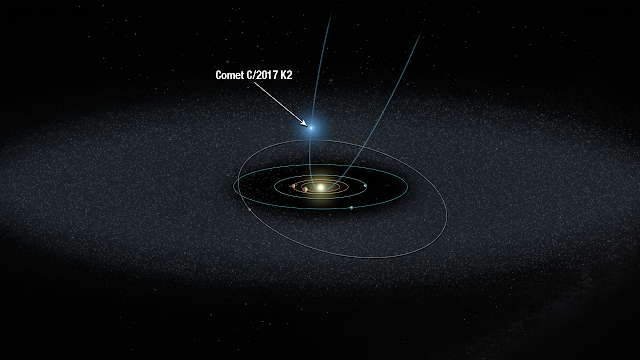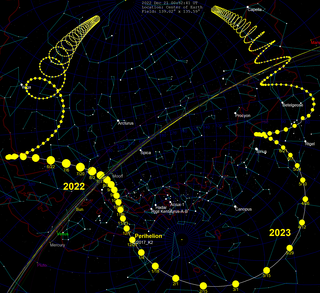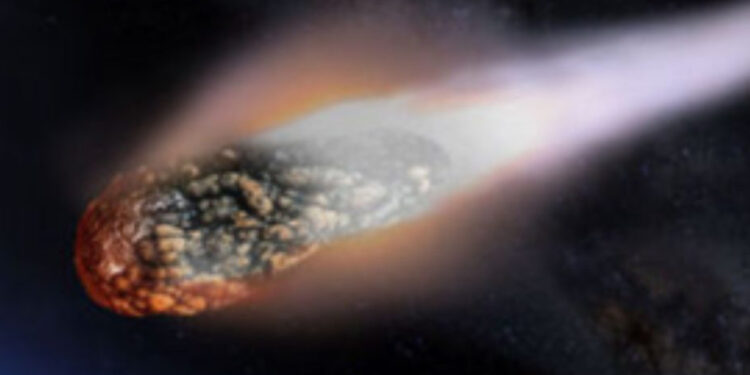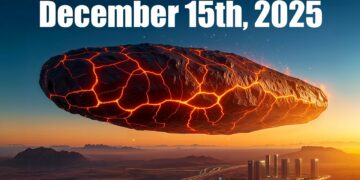A giant comet was spotted by the Hubble Telescope about five years ago. At the time, it was moving toward the Sun from between Saturn and Uranus.
It is getting closer to Earth now, and in a few weeks it will pass close to Earth. On July 14, Comet C2017/K2 will be the closest to Earth.

Eddie Irizzari and Kelly Keizer Whit, NASA Solar System ambassadors, wrote in EarthSky that it’s still not clear how big the comet’s nucleus is. Different observations suggest sizes between 11 and 100 miles (18 and 161 kilometers).

Based on what we know so far, the dust and gases left behind by this comet could be anywhere from 81,000 to 500,000 miles long (130,000 and 800,000 km).
So, this trail is somewhere between the width of one Jupiter and six Jupiters. It is truly epic.

You can even get a telescope and start learning how to look at things now with an app like Stellarium. As the comet gets closer, the app will help you point the telescope in the right direction.
After C/2017 K2 goes by us in July, it will keep going toward perihelion, the closest point to the Sun, before going back into deep space.
As a comet gets closer to the Sun, it does strange things. It could become more active and brighter all of a sudden, or it could break off and disappear.
Any way you look at it, this will be the only chance to see this comet. It has such a long orbit that it won’t come back for a few million years.























